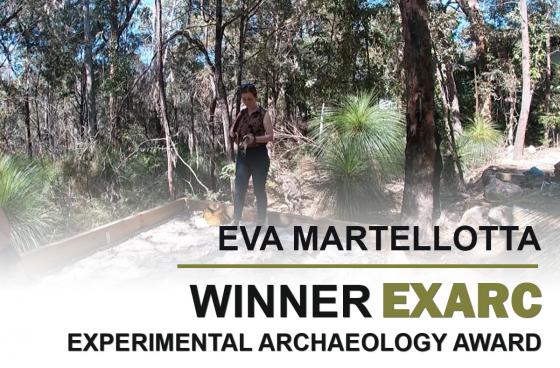
...Probably, less than we think
With the support of the John Kiernan and the EXARC Experimental Archaeology Award
Together with kangaroos and awesome hats, boomerangs are with no doubt the symbol the Australian nation. They are wooden-made, they are arch-shaped, and when you throw them in the air, they come back to your hand. Well, that is not exactly true. There are actually various types of boomerangs, and the returning ones are usually children’s toys, used for games and learning purposes. And, after the European contact, also to seduce tourists.
Boomerangs are mainly used as hunting and fighting weapon. However, they also have many other functions, linked to the daily activities of Aboriginal communities. As part of my PhD, I put together Traditional knowledge and experimental archaeology to investigate a forgotten use of boomerangs: modifying the edges of stone tools.
This activity is fundamental to producing a variety of stone implements, each of them with a specific function. Traditionally handcrafted experimental replicas of boomerangs proved very functional to shape stone tools. Our results are the first scientific proof of the multipurpose nature of these iconic objects.
I am grateful to Mr Paul Craft and to the Milan Dhiiyaan mob for sharing their Traditional knowledge and supplying burragun and bubarra/garrbaa/biyarr (‘boomerangs’) representative of the cultural and spiritual beliefs of the Birrunburra Bundjalung Yugambeh Yuggera Turrbal Burragun people and the Wailwaan and Yuin people, respectively.
My research is “discovering” the multipurpose nature of daily tools like boomerangs. That is something that Aboriginal people know from a very long time, while it looks like most of the world is forgetting it.
